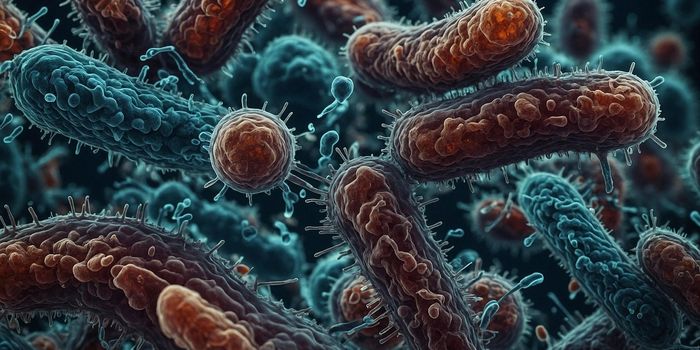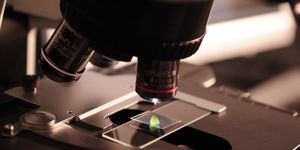A Mystery Solved - Why Colds & Flu Are More Common in Winter
Most people would agree that colds and especially flu infections are far more common in winter. While we know that some viruses have a more difficult time surviving in hotter, sunnier climates and that humidity levels, which can be very low indoors during the winter, can affect how these viruses are transmitted, it seems like there never been a good explanation for why people get sicker more often during cold weather. But researchers may have finally found the answer. A small, new study has suggested that cold weather interferes with the immune system's response to pathogens in the the nose.
The findings have been reported in The Journal of Allergy and Clinical Immunology. The research indicated that a 9 degree Fahrenheit (5 degrees Celsius) reduction in nasal temperature destroys about 50 percent of the tiny vesicles that battle viruses and bacteria in the nose. Though there are billions of those vesicles, the huge loss can have a major impact.
“Cold air is associated with increased viral infection because you’ve essentially lost half of your immunity just by that small drop in temperature,” said study co-author Dr. Benjamin Bleier, an associate professor at Harvard Medical School, among other appointments.
A microbial pathogen can enter the body through the nose. The team found that the immune cells in the front of the nose can detect these pathogens right away, even before the back of the nose knows there is an invader. The cells lining the front of the nose get busy responding by producing billions of extracellular vesicles (EVs). While the EVs don't divide, they can act like decoys, which the invaders can stick to instead of binding to cells to cause infection, Bleier explained.
“Those extracellular vesicles actually bind to the viruses, which are suspended in the nasal mucus,” added lead study author Di Huang of Harvard Medical School and Massachusetts Eye and Ear.
“This is one of, if not the only part of the immune system that leaves your body to go fight the bacteria and viruses before they actually get into your body.” The invaders get swarmed and mopped up so they can't get into cells, Bleier said.
When this is happening, the production of extracellular vesicles is ramped up by about 160 percent, the researchers found. The EVs also have more receptors on their surfaces compared to the cells they came from, giving them an increased chance of being able to bind to the invading germs. In addition, these EVs carry microRNA sequences that can attack pathogens at levels that were found to be 13 times higher than normal cells. So these EVs are really good at eliminating pathogens in the nose. But that can change in cold weather.
In this study, the researchers exposed four study participants to temperatures of 40 degrees Fahrenheit (4.4-degree-Celsius) for 15 minutes, and measured conditions in the nasal cavities. A huge number of EVs disappeared.
The cold air exposure was found to drop the temperature in the nose by as much as 9 degrees Fahrenheit, which took out about 42 percent of the EVs. Masks, however, can give us a huge advantage during the cold weather, Bleier noted. They shield us, and keep the nose warm by acting like a little sweater.
Study co-author Mansoor Amiji, who chairs the department of pharmaceutical sciences at Northeastern University in Boston added: “The warmer you can keep the intranasal environment, the better this innate immune defense mechanism will be able to work. Maybe yet another reason to wear masks!”
Sources: Northeastern University, Journal of Allergy and Clinical Immunology









